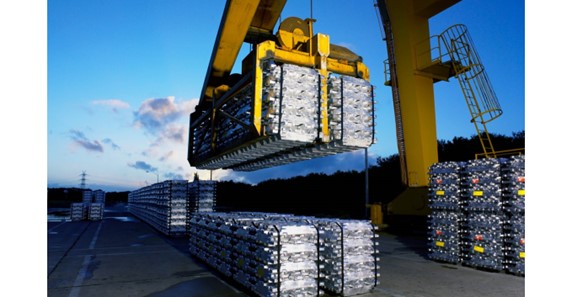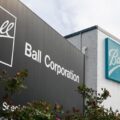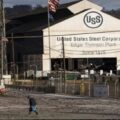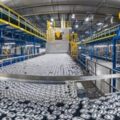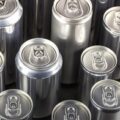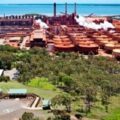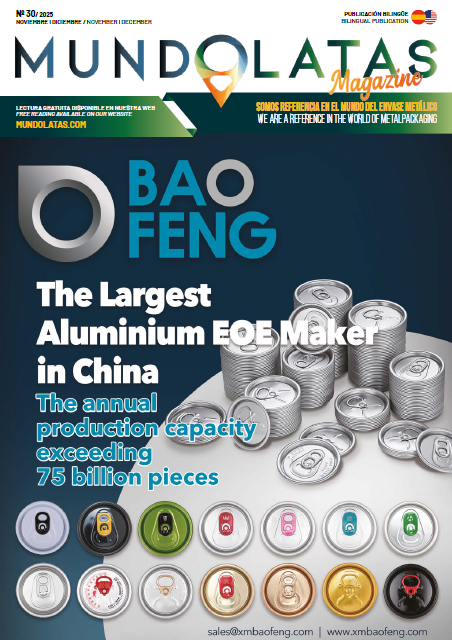Hydro and its results are vastly improving. Adjusted EBITDA in the third months of 2022 was NOK 9,721 million, compared with NOK 7,219 million in the same quarter of the previous year. This meant a RoaCE at fair cost in 12 months of 27%. Higher metal and alumina prices, CO2 compensation and positive currency effects contributed positively to earnings, but were partially offset by higher fixed and raw material costs.
“Hydro is delivering serious financial results as it moves forward on the strategic agenda. Moreover, our ability to manage the best wages, as well as our access to major minerals and energy, provide us with a base that is harder to destroy by economic variations,” said Hydro’s President and CEO Hilde Merete Aasheim.
Hydro authorities have stated that they strive to keep people safe, i.e. to reduce the number of injuries at the sites where they operate. The company wants to completely eliminate workplace accidents and is therefore continuously working to improve its overall performance. Hydro was able to reduce recordable injuries by 20% over the past year.
The war in Ukraine, high energy prices and concerns around inflation and rising interest rates continue to add uncertainty and affect growth forecasts for 2022 and 2023. External sources have downgraded estimated global economic growth for 2022 to around 2% and several key markets are reporting their highest inflation rates in 20 years. In the extrusion market, demand from the industrial and construction segments weakened in the third quarter, while automotive demand growth is improving slightly as supply chain issues ease. The renewable energy sector is also driving demand for aluminum.
“We are taking measures that allow us to ensure the robustness of our value chain because, right now, we can talk about a much more unpredictable competitive environment. We take into account all these measures that help us meet a target of NOK 7 billion by 2022.” Aasheim said.
The three-month aluminum price declined during the third quarter of 2022, as recession fears and weak global demand, coupled with strong production and export growth in China, pressured prices.

